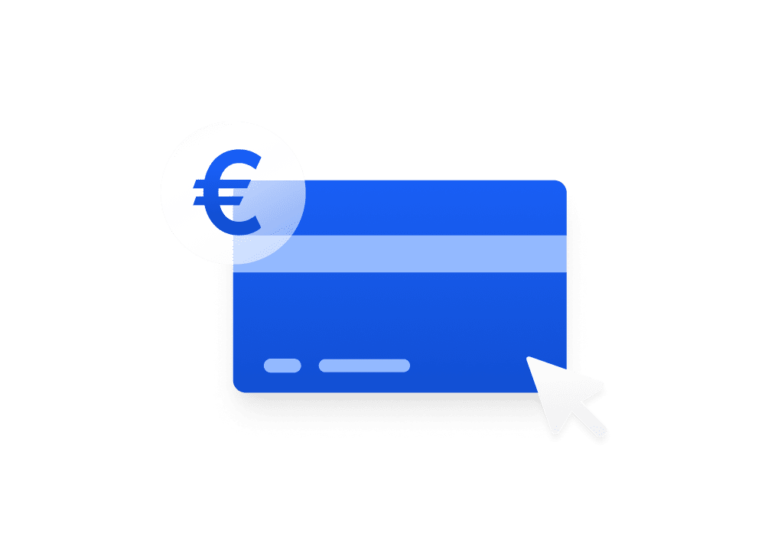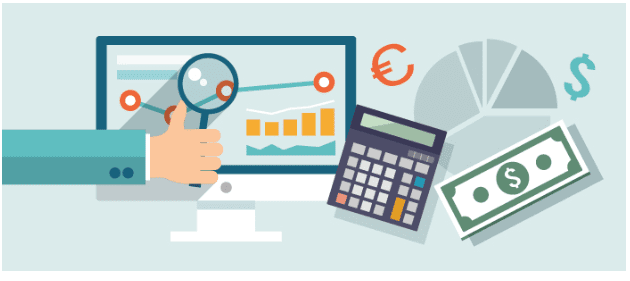The design thinking approach has been adopted by some of the world’s leading companies. Think Apple, Google, and Samsung. It is also something that is being taught around the world by leading educational institutions, but do you know what it is and how it can help your business?
Design thinking is something that is challenging all modern businesses and when it is done properly, it spawns results that have the potential to be revolutionary and change the world. Just think of some products in recent memory that have taken the world by storm, chances are that the design thinking approach was used to produce them.
What is Design Thinking?
To put it simply, design thinking is the process where the company—the designer—tries to understand the end-user and improve the overall user experience by using alternative strategies and solutions that may not be immediately clear, especially with current levels of both knowledge and understanding. As a solution-based approach, it is a whole different way of thinking and working, and when applied to the creative process it can have remarkable results. It can be applied to both new and old projects to yield new results.
Any modern business should be developing its products or services by thinking about the end-user, the people for whom you are designing your products or services and considering how you can make the overall experience better. For example, a manufacturer of beds would take the design thinking approach by working out not how to design a good bed, but how best to suspend somebody horizontally in space that builds upon experiences currently available. How can this bed make the end-users’ lives easier and more enjoyable?
Design thinking is used in a variety of industries and settings, from hospitals to restaurants and manufacturers of smart TVs, no company is complete without adopting design thinking.
An Essential Tool for Modern Business
For larger companies particularly, the overall design process involves many different people and departments who are all collaborating on a project with the same end-goal. With the different approaches, processes, and ideas thrown around by different people and departments, developing, categorizing, and then organizing ideas and solutions to problems can be cumbersome and difficult.
By applying the design thinking approach, however, it becomes much easier to keep a design-orientated project on track and reach the end-goal much more efficiently.
How? Because design thinking is firmly rooted in developing a holistic understanding of the ‘problems’ that consumers and end-users of products face by taking into account emotions, needs, motivational drivers, and pain points. When this is contrasted with an approach that is scientific and wholly objective, it is clear that there is a lot more distance between the process of understanding and testing out the end-users’ needs, emotions, and motivational drivers. An example of this would be quantitative research.
Essentially, as a problem-solving approach, design thinking is wholly encapsulated in the arena of design by combining a user-centered perspective with analytical research where the end-goal is to create a product that is innovative, disruptive, and solves a problem.
Design Thinking Benefits Everybody, Not Just Business
Essentially, design thinking is a problem-solving method that is specific to design only. It works by assessing the known elements of a contemporary problem and then, identifies peripheral factors that contribute to this problem, with the end-users and their needs kept in mind. This contrasts well to more objective approaches such as quantitative research where the known aspects are tested to produce a solution.
Therefore, design thinking is a process where our knowledge and understanding is always brought into question to help redefine a problem and arrive at alternative strategies for solutions which were once not immediately apparent due to our previous lack of understanding. Because of this, design thinking is often called ‘thinking outside the box’ as it is a means of developing new ways of thinking to arrive at a solution that benefits all parties involved.
By moving away from common problem-solving methods and adopting the already apparent solution, design thinking benefits both business and consumer through the delivery of products and services that are disruptive and memorable.











